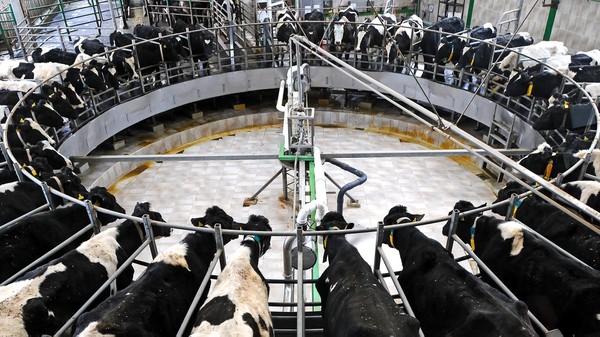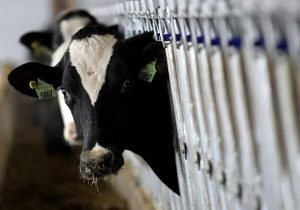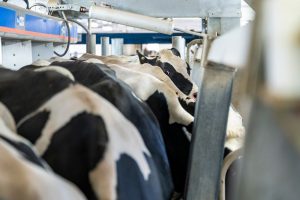Raw milk is unpasteurized, making it susceptible to bacteria that can cause things like typhoid, tuberculosis, diphtheria, and cholera. One of the reasons people don’t die from those things as often as they did back in the 19th century is because the dairy industry began using commercial milk pasteurizers upon their invention in 1882. But now, according to KSTU, a Salt Lake City Fox affiliate, there’s a growing movement of those switching to raw milk for its supposed health benefits. Farmers like Debra Kremer-Smith, fifth-generation owner of S&D Smith Dairy in Ohio, is hoping that appealing to this niche market with a product called “safe raw milk” could save the century-old family farm.
“We do pasteurization for about one fourth of our milk and then three-fourths is all raw,” said Kremer-Smith. “Our heart lies in raw milk because it’s just easier [and] there’s less processing steps. It’s better, it’s healthier, it tastes great.”
Though the FDA discourages drinking raw milk, Kremer-Smith doesn’t believe it’s dangerous. “Pasteurization is using heat to kill bacteria that’s in the milk. And so that is a good. But, the bad thing about it is it kills all the good things that are in milk,” she said.
























